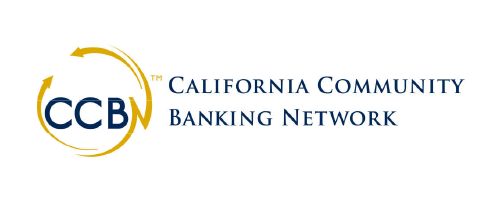Sacramento Outlook for 2024
The Legislature returned to Sacramento for the 2024 legislative session on January 3. Because 2024 is the second year of a 2-year session, lawmakers hit the ground running and have been voting on bills leftover from last year. All bills introduced in 2023 that remain in their house of origin must pass to the other house by January 31. Because it is early in the year, most new legislative proposals have yet to be introduced and will surface over the next month leading up to the February 16 bill introduction deadline.
CCBN continues to advocate for changes to SB 278, a bill carried over from last year that seeks to specify that a person who assists in taking property for a wrongful use has committed financial abuse, if the person knew or should have known that this conduct is likely to be harmful to the elder or dependent adult. CCBN participated in a roundtable discussion with the author and the Assembly Banking and Finance Committee chair over the fall and is working with other financial services stakeholders on amendments that will make the bill workable. Because SB 278 passed out of the Senate in 2023, it is not subject to the January 31 deadline and will be heard in Assembly Banking and Finance Committee sometime over the next few months.
Outside of the Legislature, Governor Newsom released his proposed budget for 2024-25 on January 10. Given the multi-billion dollar projected budget deficit ($38 billion according to Governor Newsom and $68 billion according to the Legislative Analyst’s Office), the budget does not contain many significant new spending proposals. Surprisingly, it does not propose many significant cuts either, but it does eliminate some deductions. This includes elimination of the Bad Debt Deduction, which since 2000 has allowed retailers, lenders and retailers’ affiliates to deduct or claim a refund for sales and use tax paid on accounts used to purchase taxable goods on credit that are found worthless of charged off. CCBN is reviewing this proposal for its potential impact on community banks.

